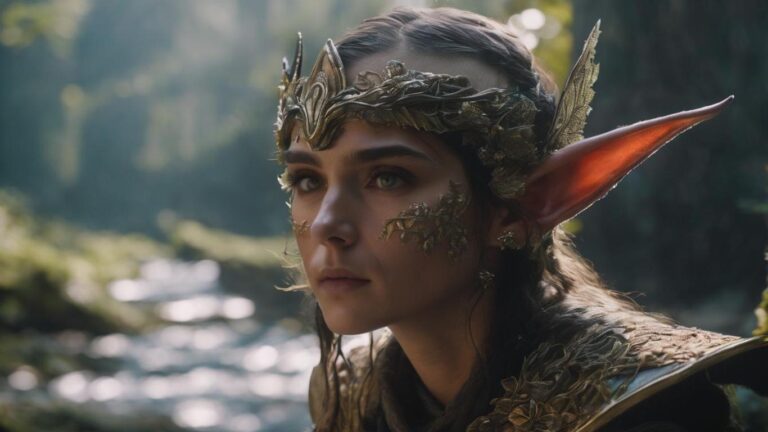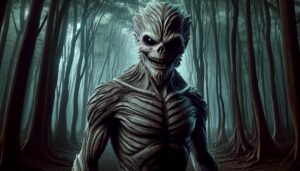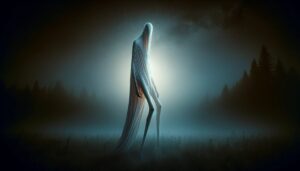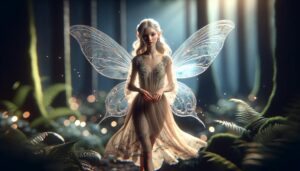Table of Contents
Elves, mythical creatures from folklore and fantasy fiction, possess pointed ears, magical abilities, and a close connection to nature. They are portrayed as beings of beauty, wisdom, and longevity in various mythologies and fantasy literature. Different cultures and settings offer unique interpretations of elf, with J.R.R. Tolkien’s Middle-earth legendarium being a notable example. In addition, elves often appear in works of fiction, including novels, games, and films.
Origins
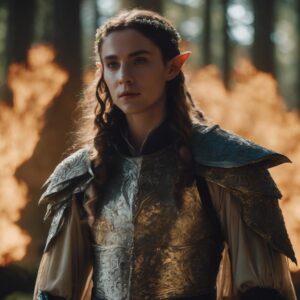
The origins of elves vary across different mythologies and fantasy settings. In Norse mythology, elves are associated with the Álfar, divine beings connected to fertility and nature. In Celtic folklore, elves are often depicted as supernatural beings residing in forests or hills. The modern fantasy conception of elves draws inspiration from these myths, and their portrayal has evolved over time through literature, folklore, and popular culture. J.R.R. Tolkien’s influential works, such as “The Lord of the Rings,” significantly shaped the modern fantasy archetype of elves and contributed to their widespread popularity in the genre.
What Do Elf Look Like?
Elves, often portrayed as humanoid beings, possess distinct features that distinguish them. They typically have pointed ears, a slender and graceful physique, and an otherworldly beauty. Their eyes are large and expressive, and they may exhibit a timeless, ageless appearance. Elves in various mythologies and fantasy settings can have different characteristics, including varying heights, skin tones, and hair colors. Their attire is often elegant, reflecting their connection to nature. Overall, the depiction of elves varies widely based on cultural and fictional contexts, each interpretation contributing unique elements to their appearance.
Where Do Elf Live?
Elves make their homes in enchanted realms, dwelling in mystical and ethereal landscapes. These locations, such as hidden forests, magical woodlands, or ethereal dimensions, provide them with a harmonious environment closely tied to nature and the fantastical. The specific settings vary across different cultural and fictional contexts, yet common themes include serene natural surroundings, majestic trees, and an otherworldly ambiance that reflects the magical nature of elven habitats.
Special powers:
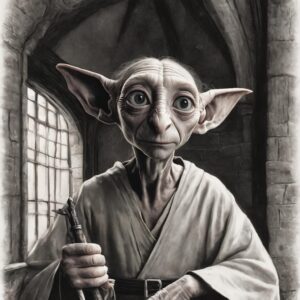
Moreover, elves, prevalent in mythology and fantasy literature, wield a diverse array of magical powers. Immortality stands as a hallmark, with elves often portrayed as enduring beings with lifespans extending indefinitely. Renowned for their agility and speed, they possess unparalleled grace and swift movement.
Additionally, these beings boast heightened senses, including acute hearing, keen eyesight, and an acute sense of smell, enhancing their perception of the world around them. Proficiency in magic is a common trait, endowing many elves with the capability to cast spells, manipulate elements, and perform enchantments.
Archery skills form a distinctive feature, making elves revered marksmen with exceptional proficiency in the use of bows. Additionally, elves foster a deep connection with the natural world, allowing them to communicate fluently with animals and plants.
Some elves possess the unique abilities of illusion and invisibility, enabling them to craft deceptive illusions or navigate unseen. This rich tapestry of magical powers contributes to the enchanting and mystical nature of elves across various mythologies and fantasy realms.
Elf in Modern Culture
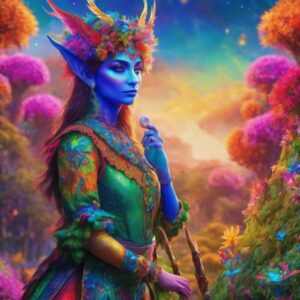
Literature:
- J.R.R. Tolkien’s Legendarium: Elves play a central role in Tolkien’s works, particularly in “The Lord of the Rings” and “The Silmarillion.”
- J.K. Rowling’s “Harry Potter” Series: House Elves, such as Dobby, are magical creatures in Rowling’s wizarding world.
Movies:
- “The Lord of the Rings” Trilogy (Film Adaptation): Directed by Peter Jackson, this epic fantasy series showcases various elven characters, including Legolas and Galadriel.
- “The Hobbit” Trilogy (Film Adaptation): Also directed by Peter Jackson, this film series features elves like Thranduil and Legolas.
Video Games:
- “The Elder Scrolls” Series: High Elves, or Altmer, are a prominent race in this video game series known for their magical prowess.
- “Dragon Age” Series: Dalish Elves play a significant role in the lore of the “Dragon Age” universe.
Mythology:
- Norse Mythology: Light Elves, known as Ljósálfar, are beings associated with light and beauty in Norse mythology.
- Celtic Mythology: The Tuatha Dé Danann, a supernatural race in Irish mythology, is sometimes considered akin to elves.
Role-Playing Games (RPGs):
- “Dungeons & Dragons” (D&D): Elves are a core race in D&D, with subraces like High Elves, Wood Elves, and Drow featuring prominently.
- “The Witcher” Series: The Witcher universe includes elves, such as the Scoia’tael, who play a significant role in the lore.
FAQ
What is elf?
Elves are mythical, immortal beings often depicted in fantasy literature and mythology, possessing magical powers, enhanced agility, and a deep connection with nature.
How to dress like an elf?
To dress like an elf, consider earthy tones, flowy fabrics, and nature-inspired accessories. Pointed ears, ethereal hairstyles, and elegant, timeless attire are common elf characteristics.
Most popular elf characters and names?
Prominent elf characters include Legolas from "The Lord of the Rings," Dobby from "Harry Potter," and Arwen from "The Lord of the Rings." Common elf names include Legolas, Arwen, Galadriel, and Thranduil.
How to become an elf?
Becoming an elf is a fictional concept tied to fantasy literature and role-playing. In reality, one cannot transform into an elf. However, enthusiasts can embrace elf-like characteristics through costumes, activities, and a deep appreciation for nature and magic.
